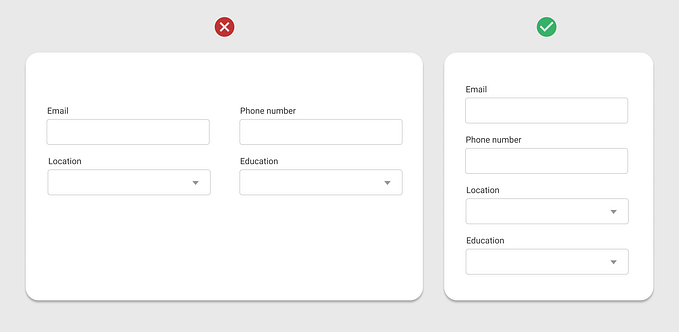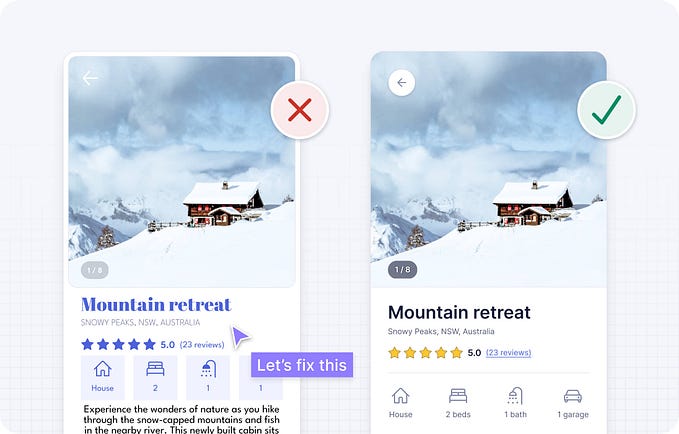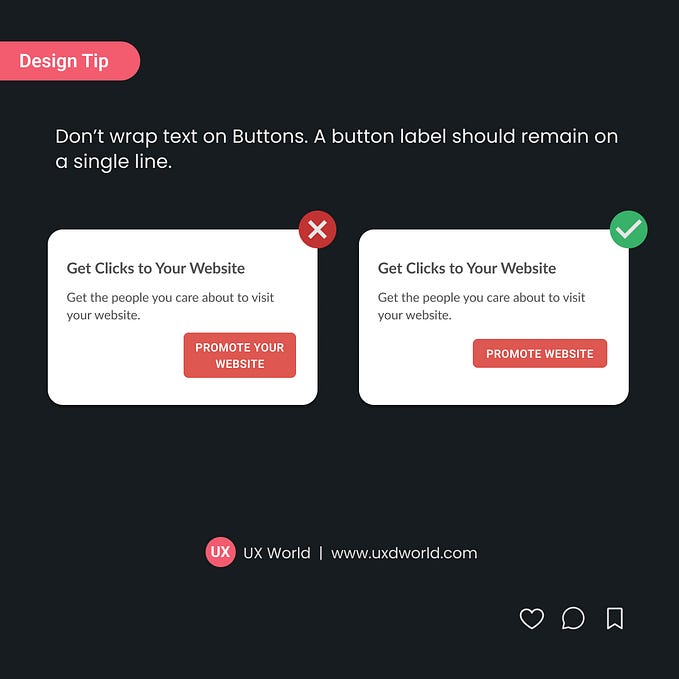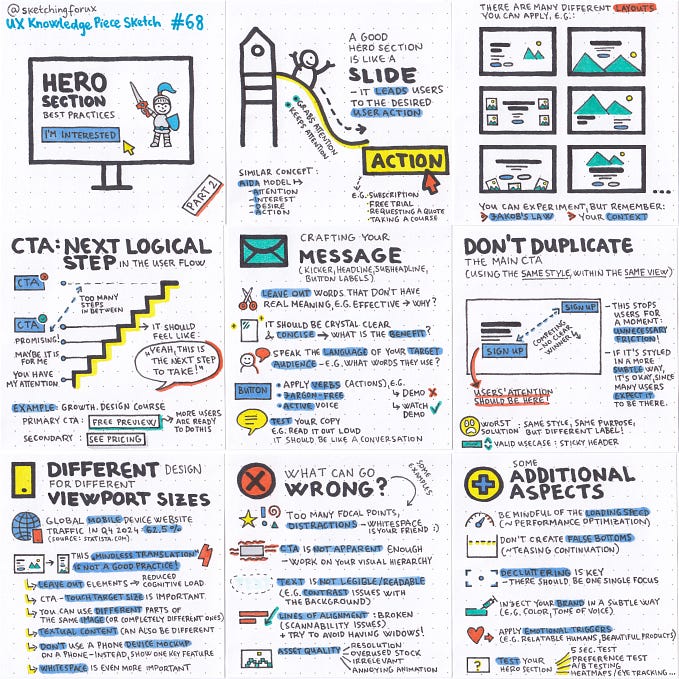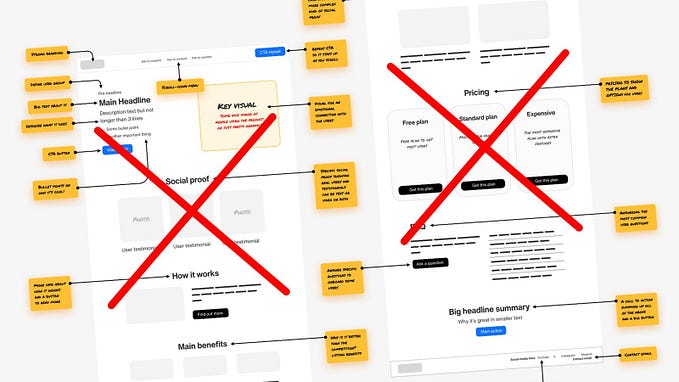Member-only story
18 Best Tips to Improve UX Writing

The user interface is intended to present everything which is easy to understand for user. Whether it is an image or a label or a text message, a user that comes to use your design should easily understand its meaning and be able to perform the desired action without any confusion.
UX writing includes every kind of text that displays on user interface. This text needs to define in a way that helps user to move forward on UI.
Few guidelines are used to define UX writing that provides the desired user experience. A list of such guidelines is mentioned below.
1. Eliminate Redundancy
Redundant text is of no use except that it creates noise and clutter on UI. Always try to review the text you write and eliminate any redundant terms.
2. Be Positive
Use positive language. Try to emphasize what user can achieve instead of what he can’t do.
3. Don’t Invent
Use standard words where they are applicable. If you try to use new terms for existing standards, the user will confuse.
4. Use Numerals
Use numbers instead of writing them in textual form as numeric value is easy to scan for human eyes.
5. Omit Needless Words
It is a misconception that using two or three similar words will convey the meaning in a better way. This is not correct. Write instructions and messages in a precised way.
6. Be Consistent
Using consistent language will help user better understand the meaning. Using separate terms for similar kind of action will frustrates the user.
7. Avoid ‘the user’, Use ‘you’
If you mention ‘the user’, it will be a less personal tone. Instead using first person will give a more personalized way to talk.
8. Use ‘I’
Use ‘I’ where user wants to tell the system what to do. This will give the user a feeling of personal interaction with the system.


